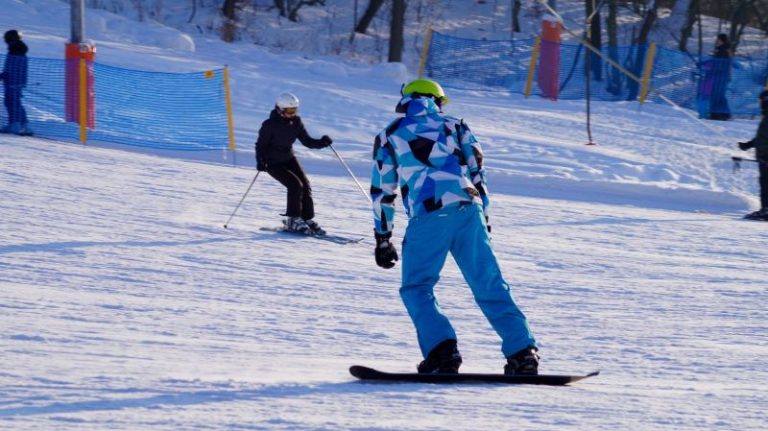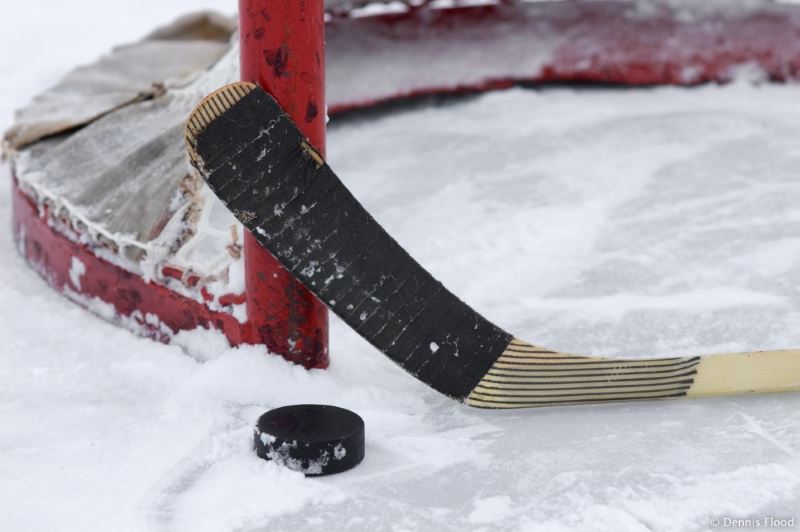Nerve Pain and IMS
Intramuscular Stimulation, or IMS for short, is a technique used by physiotherapists since it was developed in the 1970’s in Vancouver by the pain specialist Dr. Chan Gunn. IMS is a total system for the assessment and treatment of chronic musculoskeletal pain that has a neuropathic cause. It is grounded in western medical science and there is a growing body of evidence to support its efficacy.
Neuropathy refers to when a nerve is not functioning properly once it has exited the spinal cord. Often this occurs without any structural damage to the nerve meaning that x-rays and scans may look normal. Some indicators of neuropathy are pain in the absence of tissue damage, delayed onset of pain after an injury (e.g. in whiplash), and pain that gets worse after doing more activity. There are other specific physical signs that suggest there may be a neuropathic cause to a persons pain too. These signs will be picked up during the assessment and will indicate whether that person is a candidate for IMS treatment.
When nerve conduction is reduced in neuropathy, one of the main results is that the muscles that are supplied by that nerve become tight and shortened. This in itself can cause pain and supersensitivity of the muscle so even light touch to that area can feel very tender. The shortened muscle will also create more stress on the adjoining tendons and joints which can create problems in these structures causing further pain. Some common conditions in which an underlying neuropathy can be a factor are whiplash, chronic low back or neck pain, headaches, tendinitis, shoulder pain, and groin pain.
IMS involves the use of very thin needles which are inserted into the muscles that have been affected by neuropathy. This creates a ‘grasp’ or cramp sensation which causes the muscle to release, which in turn takes the tension off the surrounding structures. In this way supersensitive muscles can be desensitized and the persistent pull of short muscles can be released. When performed well IMS has a remarkable success rate, reducing symptoms in even long term chronic conditions that may have been present for months or even years, giving long lasting and often permanent results.




